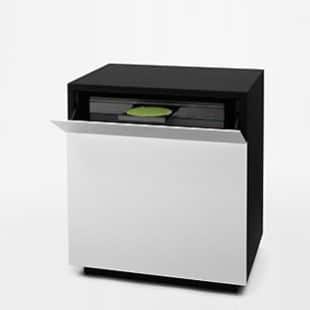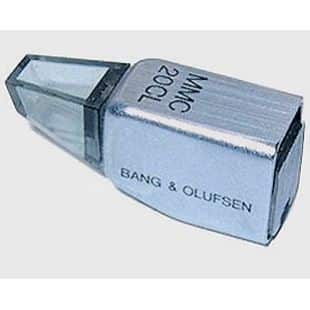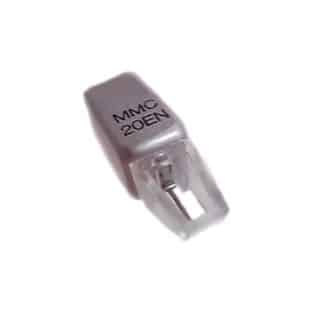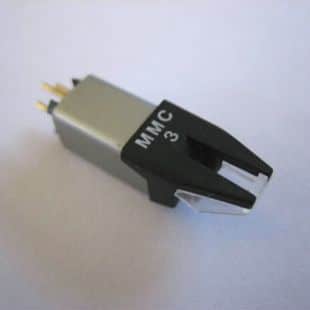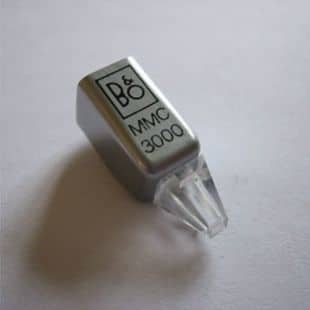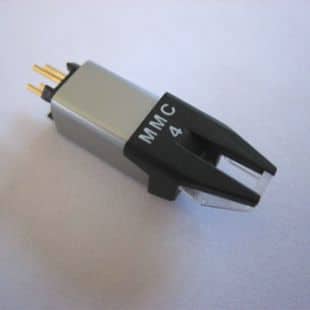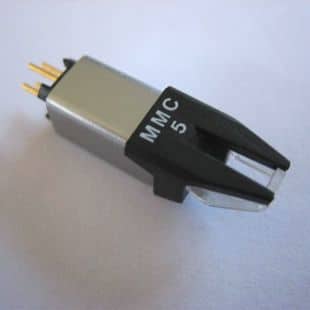BeoVision 10-40
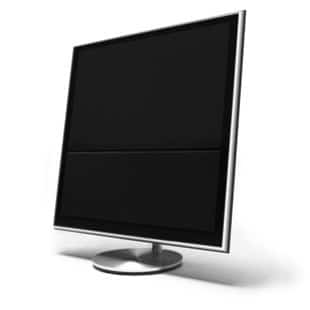
The BeoVision 10 is an incarnation of the BeoVision 5 design theme, finally done in the style originally conceived – a TV which emulates a picture in all dimensions – even thickness. The set is a mere 7 cm thick.
A 200Hz panel with edge type LED lighting offers superb clarity, with the advantages of VisionClear added to the mix.
The Beovision 10 – 40″ was the first model in the range of sets designed primarily for wall mounting. To this end, the sets are very slim with a frame design design to accentuate the slimness and lightness of the television.
Sound is provided for by the provision of a 5 way speaker system with twin channels having tweeters and midrange units and a shared bass unit. Special attention has been given to the sound with a tuned bass port provided in such a way that the depth of the television is maintained but that bass performance is up to Bang & Olufsen’s usual standards.
The set offers Full HD (1920 x 1080 pixels) and a comprehensive sets of connections – 2 or 3 HDMI sockets (depending on type) are present and an internal digital connection is also present for the DVB-HD module, which is standard fit on all variants.
The customer merely has to decide which stand option is required, with either a slim 4mm wall mount which allows the set to be angled 45 degrees to either the left or right. Alternatively, a floor stand which is motorised for side to side motion is available with a manual vertical tilt possible.
Mounting Options
When launched, Bang & Olufsen produced a Motor Floor Stand and a simple Wall Bracket using the hinged device seen previously to position the rear of the TV close to the wall.


